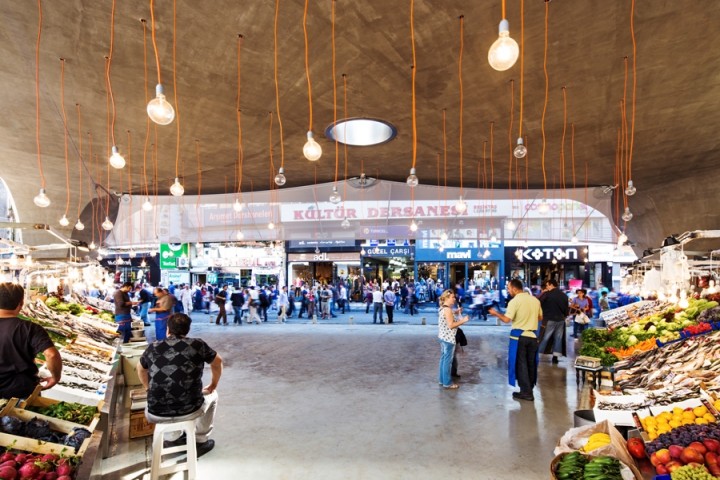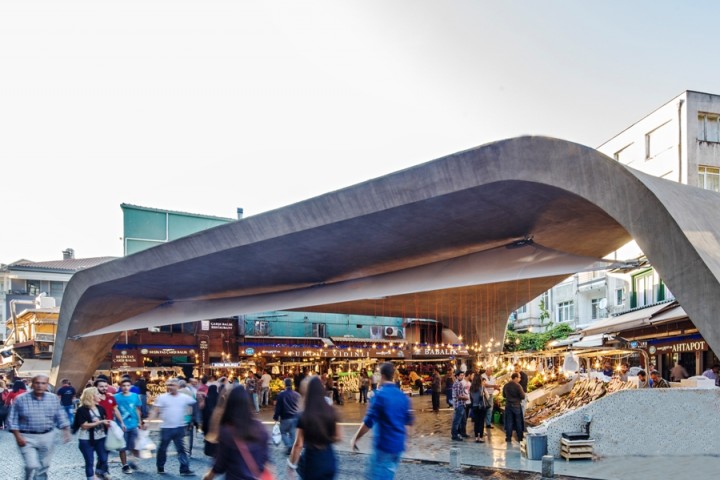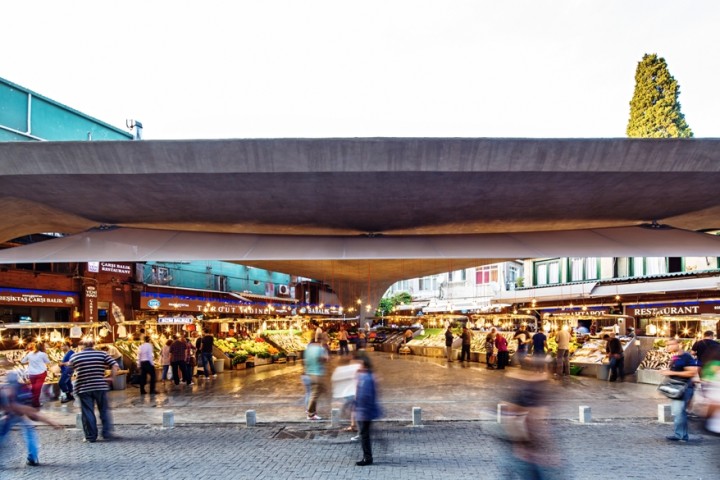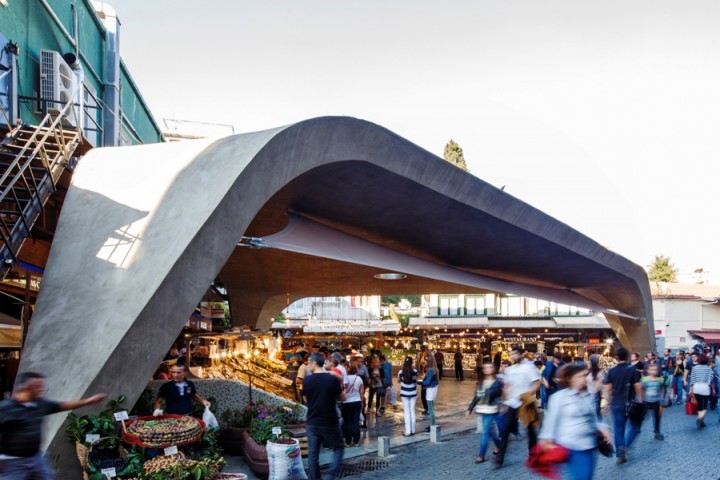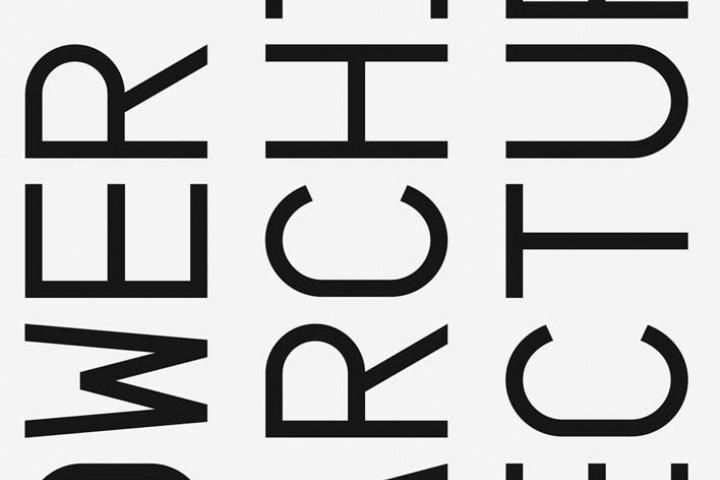Power / Architecture
"POWER ARCHITECTURE” IS THE INAUGURAL EXHIBITION OF CASA DA ARQUITECTURA
OPEN TO THE PUBLIC FROM 18TH NOVEMBER TO 18TH MARCH
LARS MüLLER PUBLISHERS/CASA DA ARQUITECTURA
Power / Architecture
Edited with text by Jorge Carvalho, Ricardo Carvalho, Pedro Bandeira. Contributions by José Manuel Dias da Fonseca, Bruno Figueiredo, Nuno Grande, Ivo Poças Martins, Joaquim Moreno, Moisés Puente, João Belo Rodeia, Andreas Ruby, Ilka Ruby, Nuno Sampaio, Yuma Shinohara, André Tavares, Alexandra Vougia, Guilherme Wisnik.
Power and architecture are fundamental to the question of how contemporary society and architecture work together. Since power lacks a comprehensive logic, coherence and instrumentalization capability, the question refers both to the autonomous powers of the architectural forms and to a set of external powers represented through architecture. The presented series of projects based on current and extreme syntheses of comprehensive and complex world views enables mapping a network of powers that align, intersect, inflect and diverge from each other: collective power, ordaining power, economic power, technological power, ritual power, cultural power, media power and domestic power. The issue of counter power is then discussed against this background. Through eight essays by contributors, along with images, drawings and documents, the book renders visible a set of entities, informal conventions, stakeholders and means involved in the creation of architecture; that is, the dynamics of the collective that ceaselessly tests the architectural composition of the common world. With selected projects by Herzog & de Meuron, Rem Koolhaas, Eduardo Souto de Moura and many more.
FROM THE BOOK
Excerpt from "Domestic Power: A New Agency” by Andreas Ruby, Ilka Ruby and
Yuma ShinoharaLet’s start by talking about power – or, more precisely,
a lack of it. Architects across the industrial world are today feeling a general sense of waning influence. Private commissions are drying up, with more and more of the general building taken over by efficiency- and profit-driven developers. At the same time, a widespread climate of austerity and the retreat of the welfare state have meant a scarcity of public commissions. The prospects for interesting work, much less work that serves the public good, seem to be dimming by the day.
Architects have reacted differently to this sense of powerlessness. Some enter academia, while others cynically embrace free market ideology – and yet some others divest themselves of all social responsibility, shrugging their shoulders and claiming: "It’s not my duty!” Perhaps a more hopeful approach would be to direct their attention to a new trend in architecture that has the potential to shake things up.
This trend is the emergence of a new type of client, one who in the last ten to fifteen years has begun to demand more attention in the field of multi-family housing development: the users themselves. Demographic and cultural changes are transforming the modern city-dweller, yet neither private developers nor public housing authorities have managed to keep up. Users are thus beginning to take matters into their own hands, banding together and developing their own housing from the bottom up. This turn of events is not just of consequence for real estate developers, but – as we argue – also contains massive potential for the practice of architecture as well.
